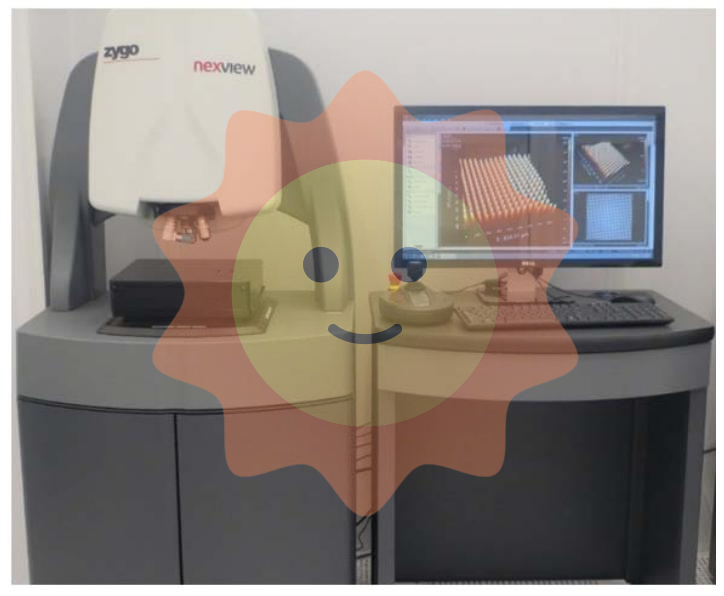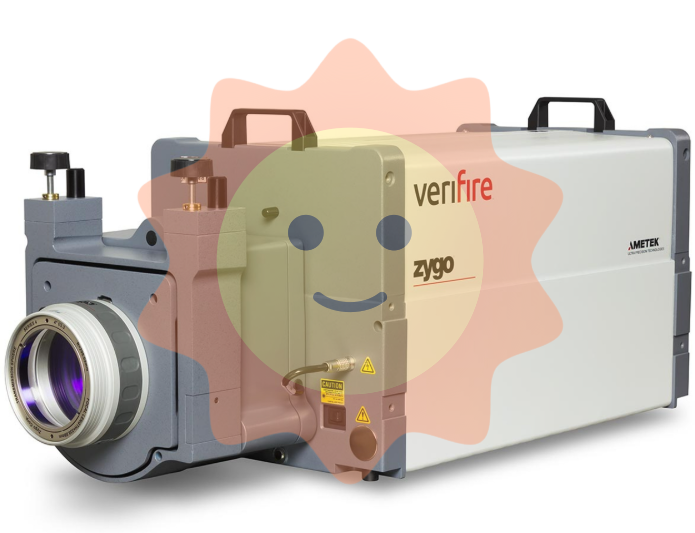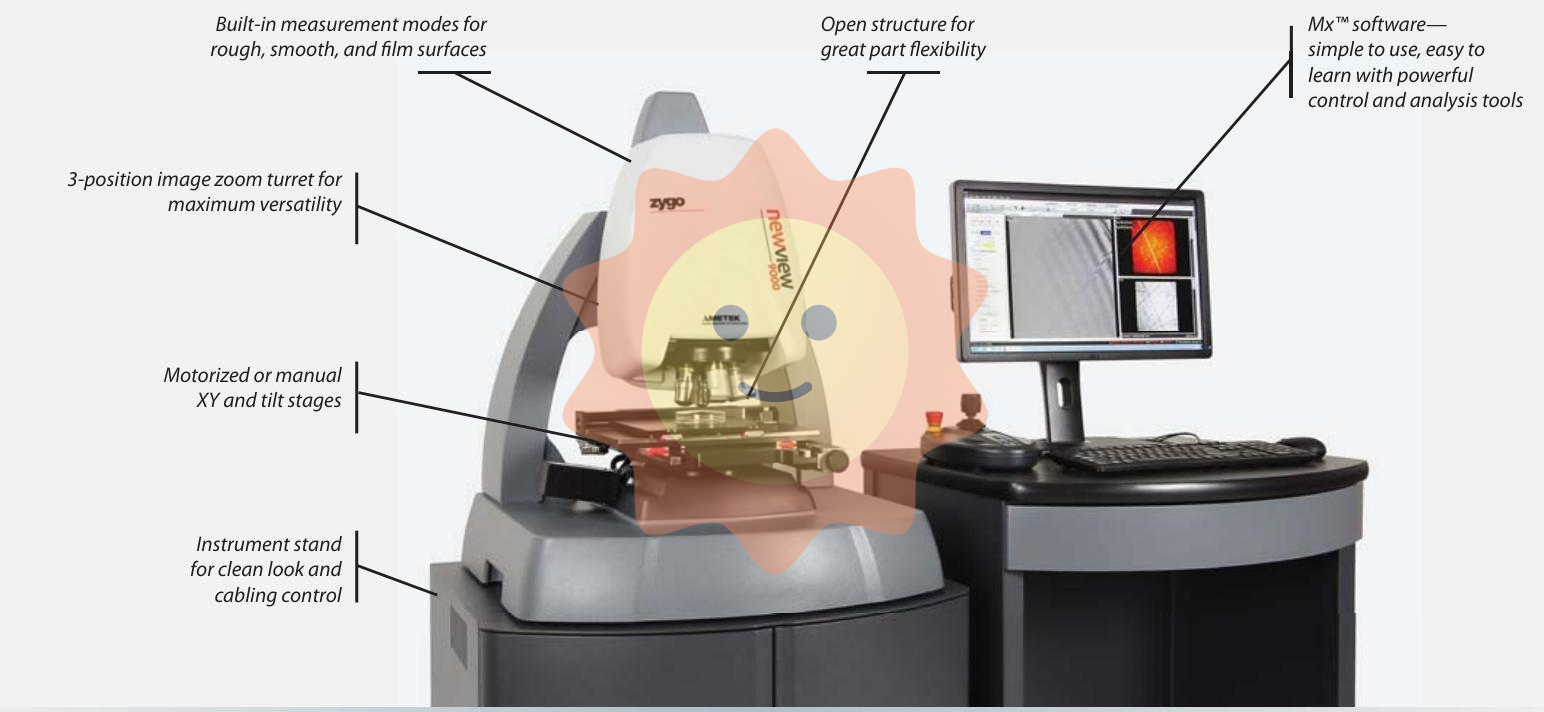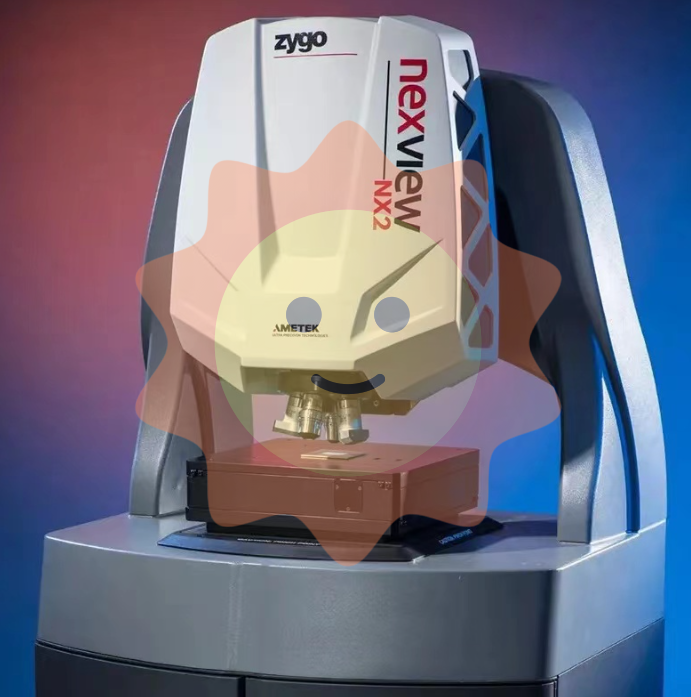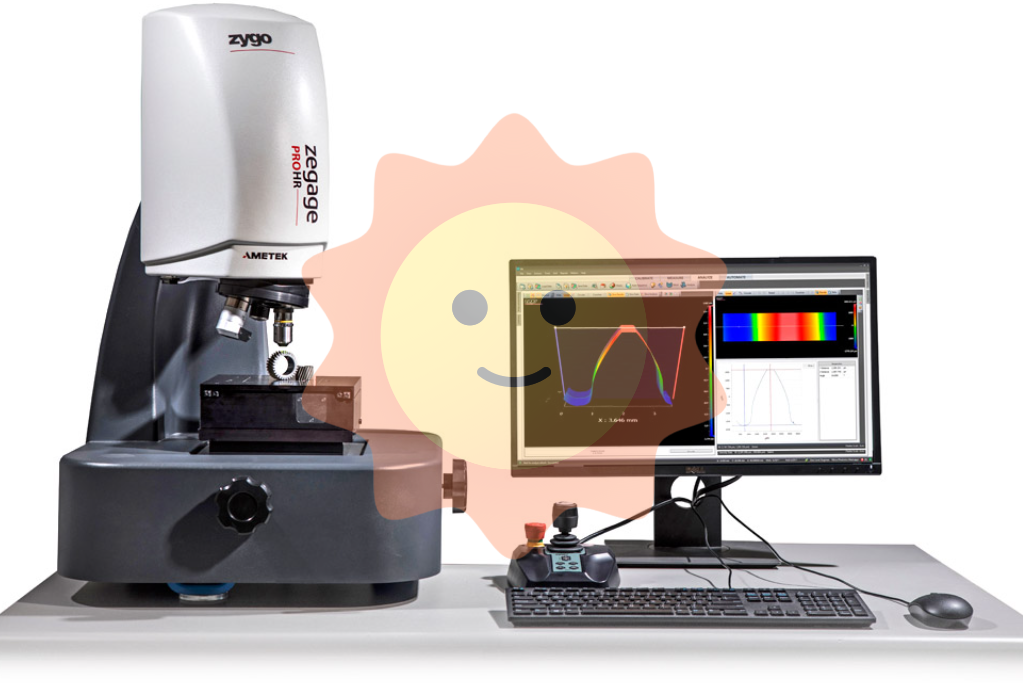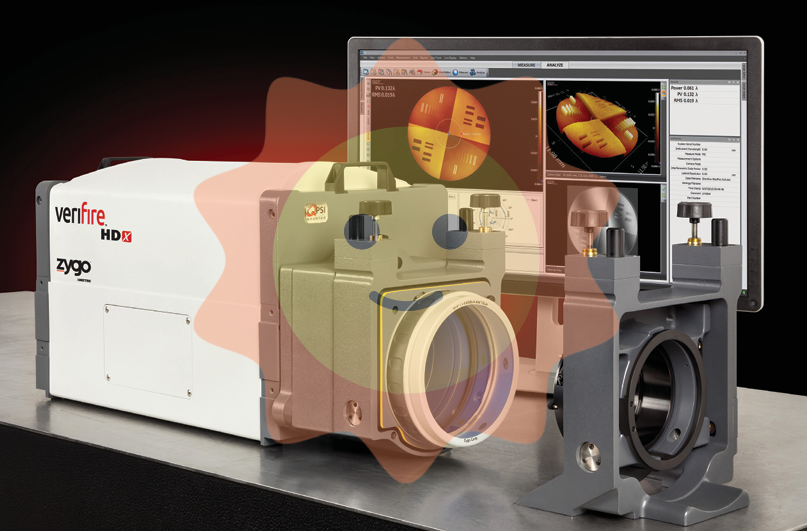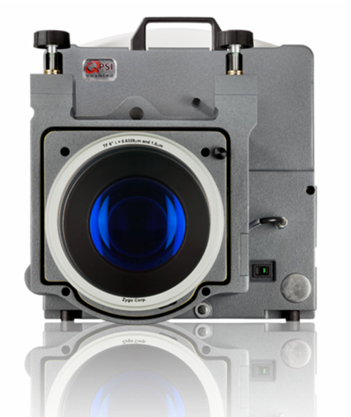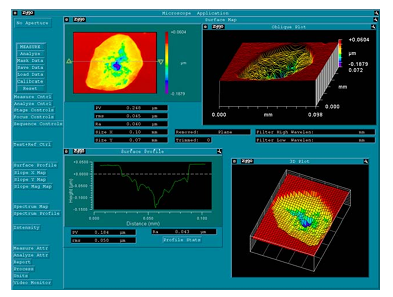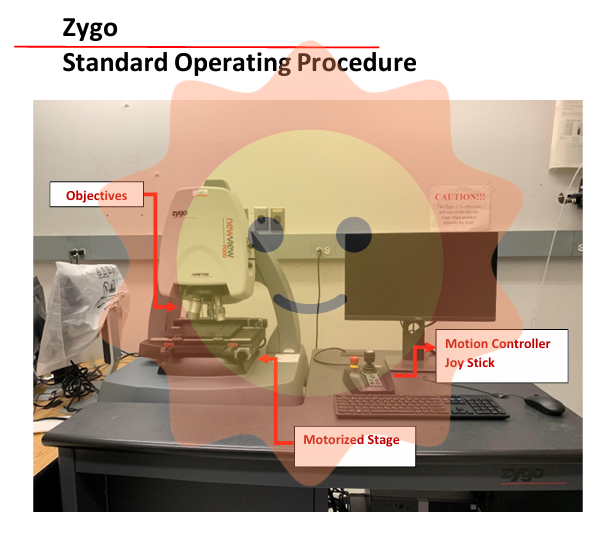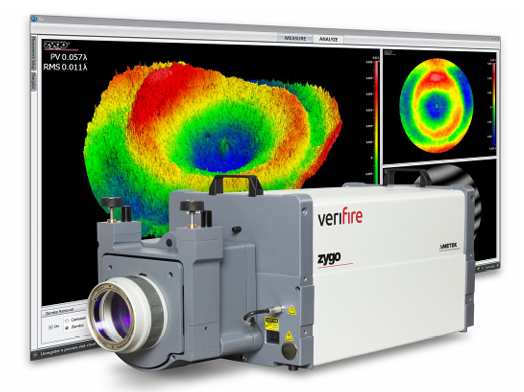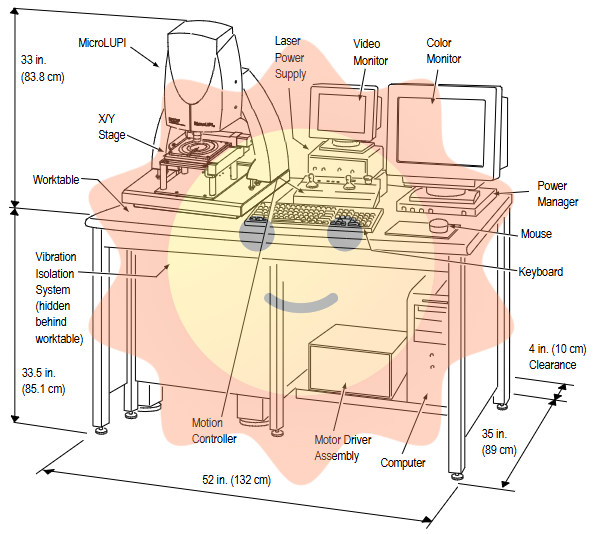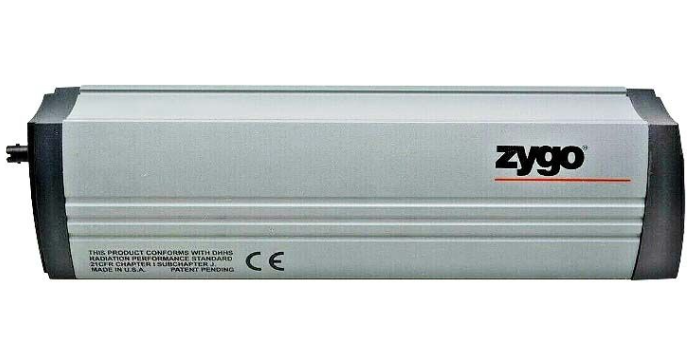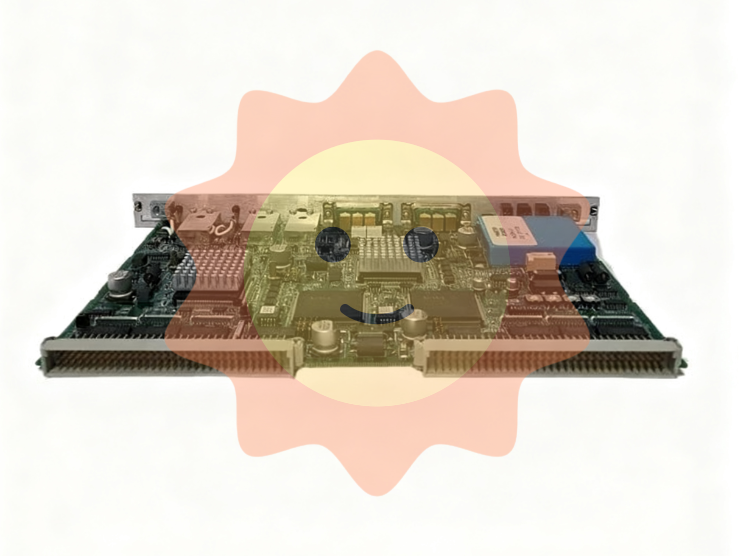ABB TU715F 3BDH000378R0001 is an industrial grade I/O terminal unit (ITU) compatible with the ABB Advant Controller series, originating from Switzerland. Its core function is to serve as a "signal transfer and adaptation hub" between field devices and controllers (such as DC732F industrial controllers), realizing physical access, terminal allocation, and signal conditioning of field analog and digital signals, while providing overvoltage and overcurrent protection to ensure the stability of signal transmission and the safety of controller interfaces. It is widely used in small and medium-sized industrial automation systems such as power, water treatment, and light industry, and is a key component for expanding controller I/O interfaces and simplifying field wiring.ABB TU715F 3BDH000378R0001 is an industrial grade I/O terminal unit (ITU) compatible with the ABB Advant Controller series, originating from Switzerland. Its core function is to serve as a "signal transfer and adaptation hub" between field devices and controllers (such as DC732F industrial controllers), realizing physical access, terminal allocation, and signal conditioning of field analog and digital signals, while providing overvoltage and overcurrent protection to ensure the stability of signal transmission and the safety of controller interfaces. It is widely used in small and medium-sized industrial automation systems such as power, water treatment, and light industry, and is a key component for expanding controller I/O interfaces and simplifying field wiring.
ABB TU715F 3BDH000378R0001 I/O Terminal Unit (ITU)
Core positioning and basic information
ABB TU715F 3BDH000378R0001 is an industrial grade I/O terminal unit (ITU) compatible with the ABB Advant Controller series, originating from Switzerland. Its core function is to serve as a "signal transfer and adaptation hub" between field devices and controllers (such as DC732F industrial controllers), realizing physical access, terminal allocation, and signal conditioning of field analog and digital signals, while providing overvoltage and overcurrent protection to ensure the stability of signal transmission and the safety of controller interfaces. It is widely used in small and medium-sized industrial automation systems such as power, water treatment, and light industry, and is a key component for expanding controller I/O interfaces and simplifying field wiring.
Key technical specifications
Core functions
Multi type I/O signal terminal conversion+signal conditioning+overvoltage and overcurrent protection
Integrated signal access and protection functions, without the need for additional independent terminal blocks and protection modules, simplifying on-site wiring and system architecture
Input/output terminal configuration
Analog signal terminal: 16 channels (compatible with 4-20mA DC, 0-10V DC, thermocouple, compatible with AI/AO signals); Digital signal terminal: 32 channels (compatible with 24VDC dry/wet contact DI/DO signals, supporting transistor/relay output devices); Power terminal: 2 channels (24VDC input, providing auxiliary power for the terminal unit itself and on-site sensors)
The number of terminals is suitable for the signal access requirements of small and medium-sized systems, covering field device interfaces for common parameters such as temperature, pressure, and liquid level, and supporting flexible access of sensors and actuators
Signal conditioning capability
Analog quantity: Built in 1k Ω matching resistor (suitable for 4-20mA signals), thermocouple cold end compensation (accuracy ± 0.5 ℃); Digital quantity: supports signal filtering (adjustable from 0-10ms, suppresses contact jitter)
Optimize the quality of on-site signals, reduce the impact of electromagnetic interference and signal attenuation on acquisition accuracy, and ensure that the signals received by the controller are stable and reliable
Protect performance
Overvoltage protection: Analog terminals support 30V DC transient overvoltage protection (response time ≤ 100ns); Overcurrent protection: The digital terminal supports 1A self recovery fuse (automatically disconnects after overcurrent, resets after troubleshooting); Polarity reversal protection: Both power and signal terminals support positive and negative polarity reversal protection (with no risk of damage)
Multiple protection mechanisms prevent damage to terminal units and controllers caused by on-site equipment failures (such as sensor short circuits, power misconnections), reducing system maintenance costs
Communication and Connection Methods
Controller connection: via a 26 pin high-density connector (compatible with Advant Controller series controller backplane interface); On site equipment connection: using screw type terminals (supporting 0.2-2.5mm ² wires, tightening torque 0.5-0.8N · m)
Quickly integrate with the controller, securely connect screw terminals, adapt to different specifications of wires on site, and reduce signal interruptions caused by loose connections
Working power supply
24VDC ± 15% (single power input, maximum power consumption 5W)
Wide voltage input to adapt to power supply fluctuations in industrial sites, low-power design to avoid excessive self heating, suitable for dense installation in control cabinets
Working temperature range
-30 ℃ to+70 ℃
Suitable for most industrial indoor and outdoor scenarios, it can operate stably in low-temperature workshops, high-temperature control rooms, and other environments without the need for additional temperature control equipment
Protection level
IP20 (terminal unit body), optional IP65 protective shell (for on-site installation)
Standard configuration is suitable for installation inside control cabinets, with optional protective enclosures to meet on-site distributed installation requirements (such as outdoor junction boxes near sensors)
Electromagnetic compatibility
Compliant with IEC EN 61326-1 standard, resistant to electromagnetic radiation (10V/m, 80-1000MHz) and fast transient pulse train (2kV, 5kHz)
Strong anti-interference ability ensures stable signal transmission in strong electromagnetic environments such as frequency converters and high-power motors, avoiding signal distortion caused by interference
Typical application areas
Power industry (auxiliary systems for small and medium-sized substations)
In the DC panel and air conditioning temperature control system of small and medium-sized substations, TU715F serves as a signal conversion unit, connecting on-site signals such as battery voltage sensors (4-20mA), indoor temperature thermocouples, and fan status contacts (DI) to terminals, and transmitting them to the DC732F controller through signal conditioning and protection. Overvoltage protection can prevent high-voltage impact caused by battery charging circuit faults, ensure the safety of controller interfaces, and simplify the wiring between substation control rooms and equipment.
Water treatment industry (small sewage treatment plants)
In the aeration control and dosing system of a small sewage treatment plant, the terminal unit is connected to the dissolved oxygen sensor (4-20mA) of the aeration tank, the start stop contact (DI) of the dosing pump, and the valve control signal (DO). The accuracy of the dissolved oxygen signal is optimized through built-in cold end compensation, and a self-healing fuse is used to prevent terminal damage caused by short circuit of the dosing pump. On site equipment and controllers are centrally connected through TU715F, reducing wiring length and lowering construction costs.
Light industry (food processing production line)
In food processing (such as beverage filling and pastry baking) production lines, TU715F is connected to filling pressure sensors (0-10V), oven temperature thermocouples, conveyor motor status (DI), and solenoid valve control signals (DO). The signal filtering function suppresses electromagnetic interference when the production line motor starts, ensuring stable collection of pressure and temperature signals. The terminal units are centrally arranged in the control cabinet of the production line, making it easy for operation and maintenance personnel to check the wiring and troubleshoot faults.
Building materials industry (small cement mixing plant)
In the batching system of a small cement mixing plant, the terminal unit is connected to a sand and gravel bin liquid level sensor (4-20mA), a mixing motor current transmitter (4-20mA), and a batching valve control signal (DO). Overvoltage protection prevents terminal short circuits caused by water vapor during high-pressure cleaning of the mixing plant, and polarity reversal protection prevents sensor wiring errors from damaging equipment. Standardize the connection between on-site equipment and controllers through TU715F to enhance system reliability.
Key points of installation and operation and maintenance
(1) Installation specifications
Installation inside the control cabinet: It needs to be installed on the guide rail inside the standard 19 inch control cabinet (compatible with EN 60715 standard guide rail), and the distance from the controller (such as DC732F) is recommended to be ≤ 1m to reduce the length of connecting cables; Reserve a space of ≥ 2cm around the terminal unit for easy wiring and heat dissipation, and avoid being too close to strong electromagnetic equipment such as frequency converters and high-power relays (recommended to be ≥ 30cm).
On site installation (with IP65 enclosure): It needs to be installed in an outdoor waterproof junction box or on a bracket near the equipment, avoiding direct sunlight and rainwater immersion; The inlet of the casing needs to use waterproof gland heads (compatible with 6-12mm cables) to ensure that the protection level meets the standard. At the same time, the cables need to be grounded for lightning protection (grounding resistance ≤ 4 Ω).
Wiring operation:
On site equipment wiring: Strip the wire to a length of 6-8mm, insert the wire into the terminal and tighten the screw to ensure that there are no exposed copper wires; Analog signal lines (especially thermocouple lines) need to use shielded cables, with the shielding layer grounded at one end (grounding resistance ≤ 2 Ω), to avoid parallel laying with power lines.
Controller connection: Use ABB original 26 pin connector cable. Power off during connection to ensure that the connector pins are aligned with the terminal unit interface and to avoid pin bending caused by violent insertion and extraction.
Power wiring: The power terminal needs to be connected in series with a 1A fuse (additional protection), with the positive pole connected to "+V" and the negative pole connected to "- V". Reverse connection is strictly prohibited (although there is reverse connection protection, long-term reverse connection may affect the service life).
(2) Debugging and Inspection
Wiring inspection: Before powering on, use a multimeter to measure the power supply voltage of the terminal unit (confirm 24VDC ± 15%), and check whether the connection between the on-site equipment signal line and the terminal is correct (such as AI signal connected to the corresponding analog terminal, DI signal connected to the digital terminal), to avoid abnormal acquisition caused by incorrect signal type connection.
Signal testing:
Analog signal: Use a standard signal generator to input 4mA, 12mA, and 20mA signals to the analog terminal, monitor the collected values through the controller, confirm that the signal transmission has no attenuation (deviation should be ≤± 0.1% FSO), and verify the cold end compensation function (when connected to a thermocouple, the measured value deviates from the standard temperature by ≤± 0.5 ℃).
Digital signal: Input a 24VDC signal (analog DI trigger) to the digital input terminal and observe whether the controller correctly recognizes the signal status; Output DO signal through the controller, measure the terminal output voltage (should be ≥ 22VDC), and verify that the output is normal.
Protection function test:
Overcurrent test: Connect a short-circuit wire to the digital terminal (simulating a short circuit in the field equipment), observe whether the self recovery fuse is disconnected (no current output from the terminal), remove the short circuit, wait for 10-30 seconds, and confirm that the fuse is reset (signal returns to normal).
Overvoltage test: Use an adjustable power supply to input a 35V DC transient voltage (lasting for 1 second) to the analog terminal. After testing, check whether the terminal unit and controller are working properly and confirm that the overvoltage protection is effective.
(3) Maintenance strategy
Daily maintenance (monthly):
Appearance inspection: Check the terminal unit indicator light (power light PWR is always on, fault light ALM is off), check for loose terminal screws and oxidation of wires (if oxidation is found, re strip the wiring).
Signal monitoring: Check whether the connected on-site signal is stable (without frequent fluctuations) through the controller. If the analog signal drifts too much, check whether the terminal wiring is loose or the sensor is faulty.
Regular maintenance (quarterly):
Cleaning: Use dry compressed air (pressure ≤ 0.2MPa) to clean the dust on the surface of the terminal unit and between the terminals, avoiding the risk of short circuit caused by dust accumulation.
Protection function verification: Retest the self recovery fuse and overvoltage protection function to ensure that the protection mechanism is normal; Check if the power fuse is blown and replace it if necessary.
Fault handling:
Power failure: If the power light does not light up, first check the power supply voltage and fuse. If the power supply problem persists after troubleshooting, the terminal unit power module needs to be replaced.
Signal interruption: If there is no collected value for a certain signal, first check the on-site equipment and terminal wiring (whether it is loose or disconnected), and then use a multimeter to measure the input/output signal of the terminal. If there is no signal output from the terminal, it may be an internal fault of the terminal unit, and the backup unit needs to be replaced.
Protection trigger: If there is no output from the digital terminal, check if the self recovery fuse is triggered by overcurrent. If the fault persists after resetting, check if the on-site equipment is short circuited (such as burnt motor coils).

- User name Member Level Quantity Specification Purchase Date
- Satisfaction :
-









Email:wang@kongjiangauto.com

